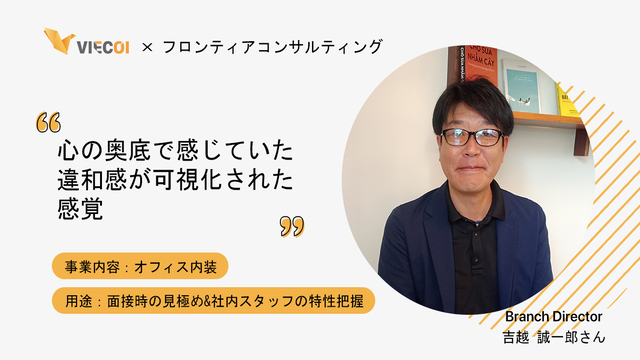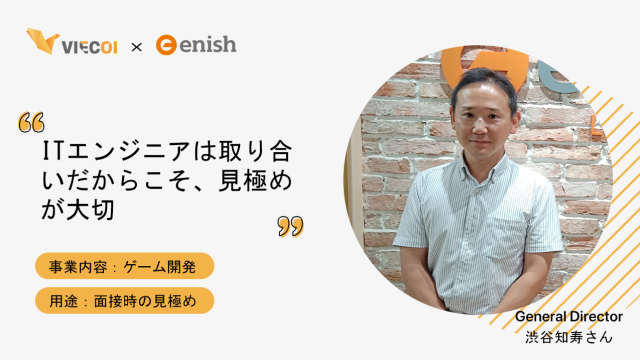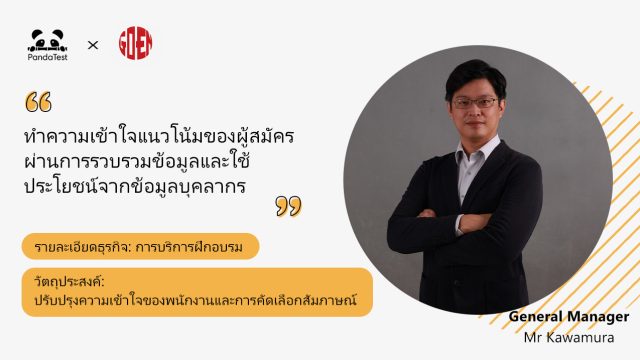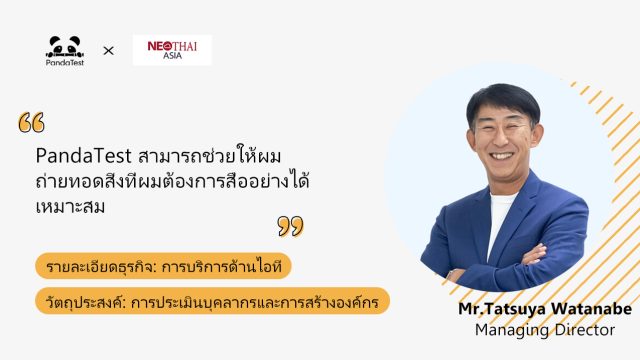“PandaTest helps me to communicate what I want to say clearly” – NEO THAI ASIA
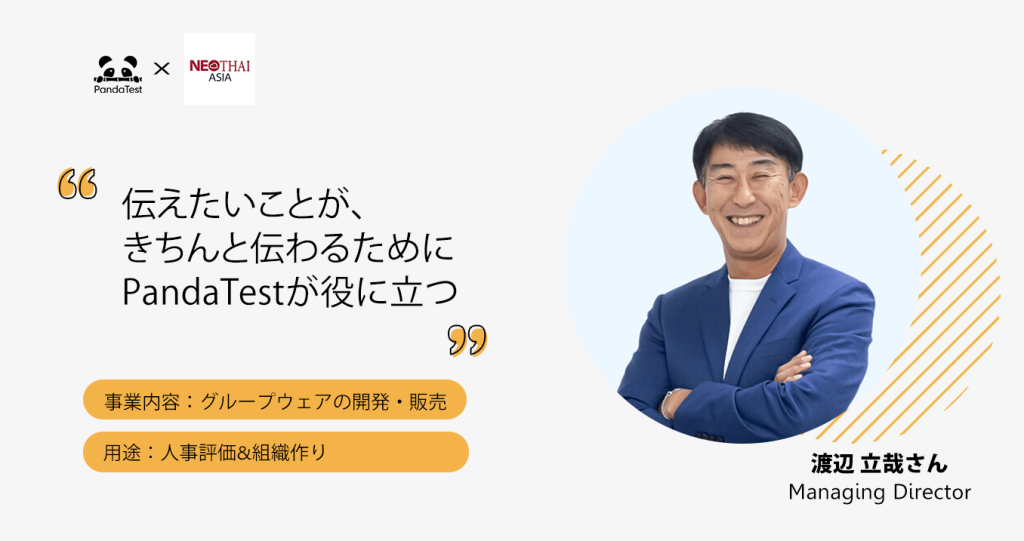
NEO THAI ASIA sells and supports “desknet’s NEO,” one of Japan’s largest groupware companies, in the ASEAN region.
We spoke with Watanabe, the company’s president and also in charge of recruitment.
Please tell us about the interviews and problems you had within your company before implementing Pandatest.
I found it difficult to build a common understanding with the Thai staff.
When we first started, we had concerns about the retention rate of Thai staff. When we employed around 3-10 Thai staff, there were several cases where Thai staff, such as sales staff, quit after a three-month trial period.
Through that time, as the number of Thai staff who had been working in each department for more than a year increased, I began to feel the importance of creating a common understanding within the company.
For example, I wanted to clarify various standards for work, such as “what an employee should be like” and “definition of work quality,” and make sure everyone understood them.
However, based on my past experience, I could easily imagine how much time it would take to create those standards for staff whose first language is different and for everyone to correctly interpret the standards and increase their understanding.
What were the other solutions and options?
While we were prepared to spend time meeting with everyone to build a common understanding, we were looking for something external that could clarify the standards. Under those circumstances, we learned about PandaTest, which can evaluate “ability as an organizational member” from various perspectives, and became interested in it.
How did the Thai staff react to PandaTest?
First, we explained to the Thai HR manager that we wanted to use PandaTest. After that, the Thai HR manager took the lead in explaining PandaTest to all employees and implementing it. There was no particular resistance, and everyone was able to work on PandaTest smoothly. The Thai HR manager explained that PandaTest would be a good tool for achieving the HR theme and mission set at the beginning of the fiscal year, and they immediately took action to implement it.
In addition, we announce the results of the PandaTest for all staff at a general meeting, providing an opportunity for them to understand themselves and others better. 2-3 days after the Thai HR manager announced to the staff that they should take the test, everyone had completed it, and it seemed like the staff were enjoying taking the PandaTest.
What do you think are the good points of Pandatest?
First of all, we were able to clearly establish a standard for sharing a common understanding. By using an objective yardstick like PandaTest, I feel that the staff can accept the evaluations honestly while feeling the validity of the evaluations.
Also, by using the PandaTest standard and the average values measured by PandaTest, it has become easier to convey my thoughts and feelings to the staff.
I felt that it was not easy to convey my thoughts and feelings accurately to staff of different nationalities and ages, but now, by showing my opinions and the PandaTest data, I think that the staff can understand my message with a sense of conviction. On the other hand, by asking questions such as “These are the results from PandaTest, what do you think?”, I can smoothly find out what the staff really thinks, even if it is difficult to ask directly.
In addition, by using PandaTest as a tool for staff self-understanding and understanding of others, we can further promote smooth communication and teamwork among staff, and I feel that it is also effective in team building. In our company, we feel that using PandaTest within the company is beneficial and effective rather than through interviews.
What are your favorite evaluation criteria on Pandatest?
Since our company places importance on “working in a team,” we often use the evaluation item “Teamwork and Freedom/Flatness,” which is one of the fundamentals of organizational membership.
When we conducted the PandaTest within the company, we found that all team members had relatively high teamwork, and we were able to reaffirm that the points we value within the company matched well with the characteristics of our staff. We also often use the “tendencies and characteristics that make people more likely to quit” shown in each evaluation item as an indicator to catch signs of resignation.

